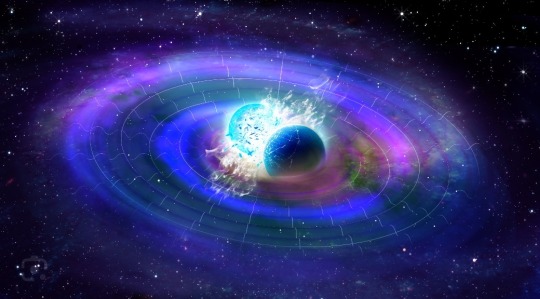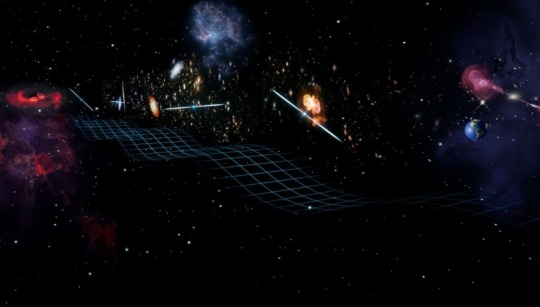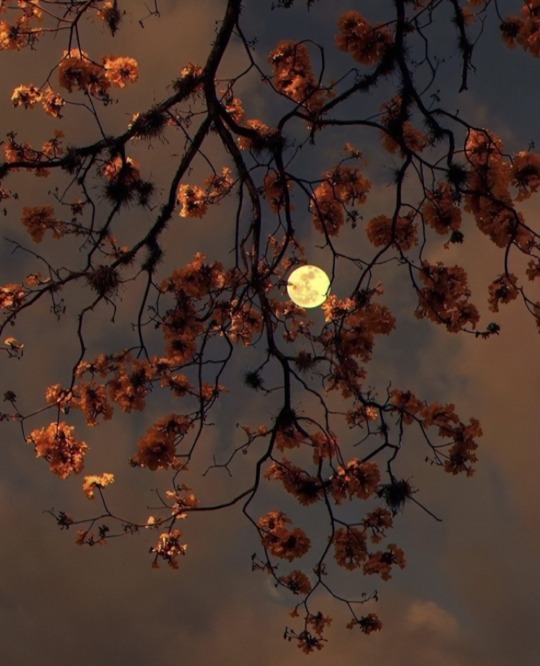Text
I want this so bad
Ever wanted a snow cone machine like there was in the TV show Friends? HERE is your chance to get one, that too on budget!




51 notes
·
View notes
Text
me explaining how when I change my phone wallpaper, it symbolizes a whole new era
650 notes
·
View notes
Text
your eyes are golden brown, like the afternoon sun shining through a glass of whiskey
209 notes
·
View notes
Text
this was classic “rich girl is trapped and made to act like a puppet and then rogue handsome prince sneaks her out at night to show her the freedom”
This was so cute ahhhhhhh


379 notes
·
View notes
Text
Why am I attracted to guys who looks like they haven’t slept in days?
Wait I’ll give an example

you SEE WHAT I MEAN
252 notes
·
View notes
Text
Here some theme to dark smut writers
✨BUCKY : ✨

I’m laughing so hard it’s hurting my stomach
300 notes
·
View notes
Text
this was classic “rich girl is trapped and made to act like a puppet and then rogue handsome prince sneaks her out at night to show her the freedom”
This was so cute ahhhhhhh


379 notes
·
View notes
Text
I’ll be wanting to tell people mid convo I don’t give a fuck sooo bad
826 notes
·
View notes
Text
ASTRONOMERS HAVE DETECTED A NEW GRAVITATIONAL-WAVE??
Blog#316
Wednesday, July 19th, 2023
Welcome back,
After nearly two decades of listening, astronomers are finally starting to “hear” the rumbles of gravitational waves they believe emanate from the behemoths of our universe: supermassive black holes.
The result comes from a National Science Foundation–sponsored initiative known as the North American Nanohertz Observatory for Gravitational Waves (NANOGrav).

Since 2004 NANOGrav has monitored metronomelike flashes of light from a Milky Way–spanning network of dead stars known as pulsars. Forged from the hearts of exploding massive stars, these city-size orbs weigh as much as an entire sun and can spin thousands of times per second. This makes them remarkably accurate timekeepers—and ideal sentinels for the especially large ripples in spacetime predicted to emerge from merging supermassive black holes.

Such gravitational waves are distinct from the kinds that were previously reported from the Laser Interferometer Gravitational-Wave Observatory (LIGO) and other Earth-based detectors. For one thing, the waves spotted via pulsars wouldn’t all be traceable to individual merger events: they would form the so-called gravitational-wave background, the ambient rustling of spacetime built up from cumulative mergers throughout the cosmos.

Another important distinction is that in their crest-to-trough span, each of these waves should be approximately the size of our solar system—which counterintuitively makes them much harder to detect. Washing over pulsar-strewn space, these gargantuan swells in spacetime could betray their presence via minuscule offsets to the dead stars’ spins, allowing observers to glimpse them through painstaking measurements. In a collection of five papers released today, that is essentially what NANOGrav claims to have done.

“It’s incredibly exciting because we think we’re starting to open up this new window on the gravitational-wave universe,” says Sarah Vigeland, an astrophysicist at the University of Wisconsin–Milwaukee and a member of NANOGrav.
(The collaboration’s work to date hasn’t quite met the statistical gold standard of how physicists evaluate the robustness of a finding.)

(So for now, scientists working on the project are modestly claiming “evidence for” the gravitational-wave background, not a full-fledged detection. But they’re confident that milestone will come with additional observations.)

NANOGrav is just one of several different pulsar timing array projects underway around the globe. All these endeavors follow the same basic blueprint: they use radio telescopes to monitor dozens of superpredictable pulsars for years on end to catch tiny variations in their rhythmic spinning.
Originally published on scientificamerican-com
COMING UP!!
(Saturday, July 22nd, 2023)
"WHAT IS STAR NIBIRU??"
224 notes
·
View notes
Text
when you can’t find a parking spot so you turn the volume down to see better
280 notes
·
View notes
Text
life can be pretty cool because you can get a bagel. but there’s also the horrors
332 notes
·
View notes







